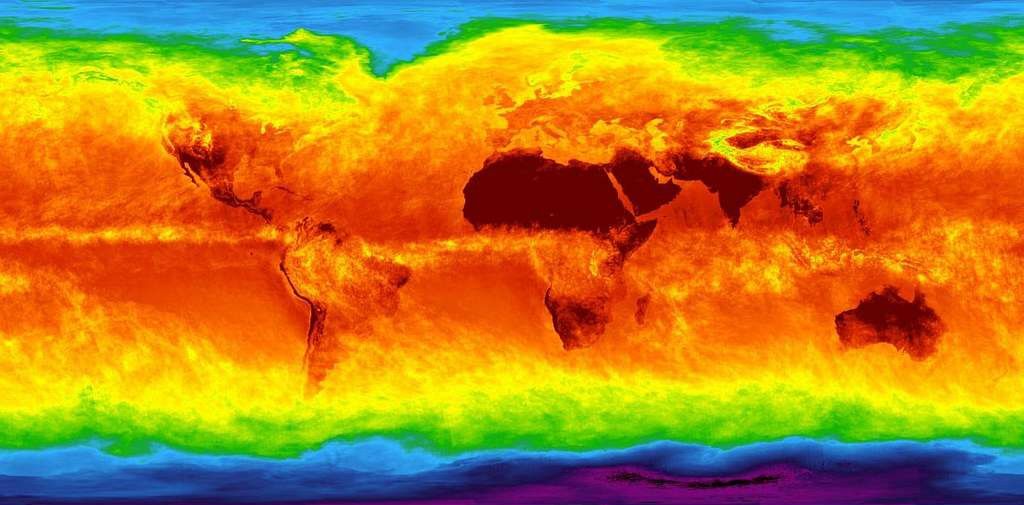Sacred Steps: Navigating the Hajj’s Spiritual Path

The Hajj is an annual Islamic pilgrimage to the holy city of Mecca in Saudi Arabia. It holds immense significance for Muslims worldwide, both religiously and culturally. Let’s delve into the spiritual and communal aspects of this sacred journey.Hajj began around 2000 BC when Prophet Ibrahim (Abraham) and his son Prophet Ismail (Ishmael) built the Holy Kaaba in Mecca as ordered by Allah. Mecca was a deserted place then, and the presence of water prompted tribes to settle there.After placing the Black Stone in the Kaaba, Ibrahim received a revelation from Allah, instructing him to proclaim the pilgrimage to mankind.The current form of the Islamic Hajj was established by the Prophet Muhammad around 632 CE. He reformed the existing pilgrimage tradition of the pagan Arabs. According to Islamic tradition, the Hajj began thousands of years ago, when Abraham built the Kaaba.
1. The Essence of Hajj
- Religious Obligation: Hajj is one of the Five Pillars of Islam, alongside the profession of faith, prayer, almsgiving, and fasting. Every Muslim who can afford it and is physically able must undertake Hajj at least once in their lifetime.
- Spiritual Experience: For pilgrims, Hajj is not merely a duty; it’s a deeply spiritual journey. It provides an opportunity to seek forgiveness for past sins, grow closer to God, and follow in the footsteps of prophets.
2. Unity and Equality
- Global Gathering: Hajj unites Muslims from diverse backgrounds—races, ethnicities, languages, and economic classes. They perform religious rituals together, fostering a sense of unity, connection, humility, and equality.
- Personal Appeals: Pilgrims bring their own personal appeals, wishes, and experiences. Many carry prayer requests from family and friends, hoping to have them said on their behalf. Some spend years saving up and waiting for a permit to embark on this transformative journey.
3. Rituals of Hajj
- Ihram: Pilgrims make the intention to perform Hajj and enter a state of “ihram.” During ihram, certain rules and prohibitions apply. For instance, men wear simple ihram cloth garments instead of regular sewn clothes.
- Tawaf: Pilgrims circumambulate the Kaaba, the sacred cube-shaped structure in the Masjid al-Haram. This act symbolizes unity and devotion.
- Mount Arafat: Pilgrims gather at Mount Arafat, seeking God’s mercy and forgiveness. It’s a powerful moment of reflection and supplication.
- Stoning of the Devil: Pilgrims throw pebbles at three pillars, symbolizing the rejection of evil temptations.
4. Preparations and Challenges
- Physical Demands: Hajj involves intense heat and challenging conditions.Pilgrims prepare by packing essentials, seeking advice, and spiritually readying themselves.
Conclusion
Hajj transcends borders, bringing Muslims together in a profound spiritual experience. It symbolizes devotion, humility, and the pursuit of God’s forgiveness. As pilgrims walk the same path as prophets, they find redemption and unity in the heart of Mecca.







